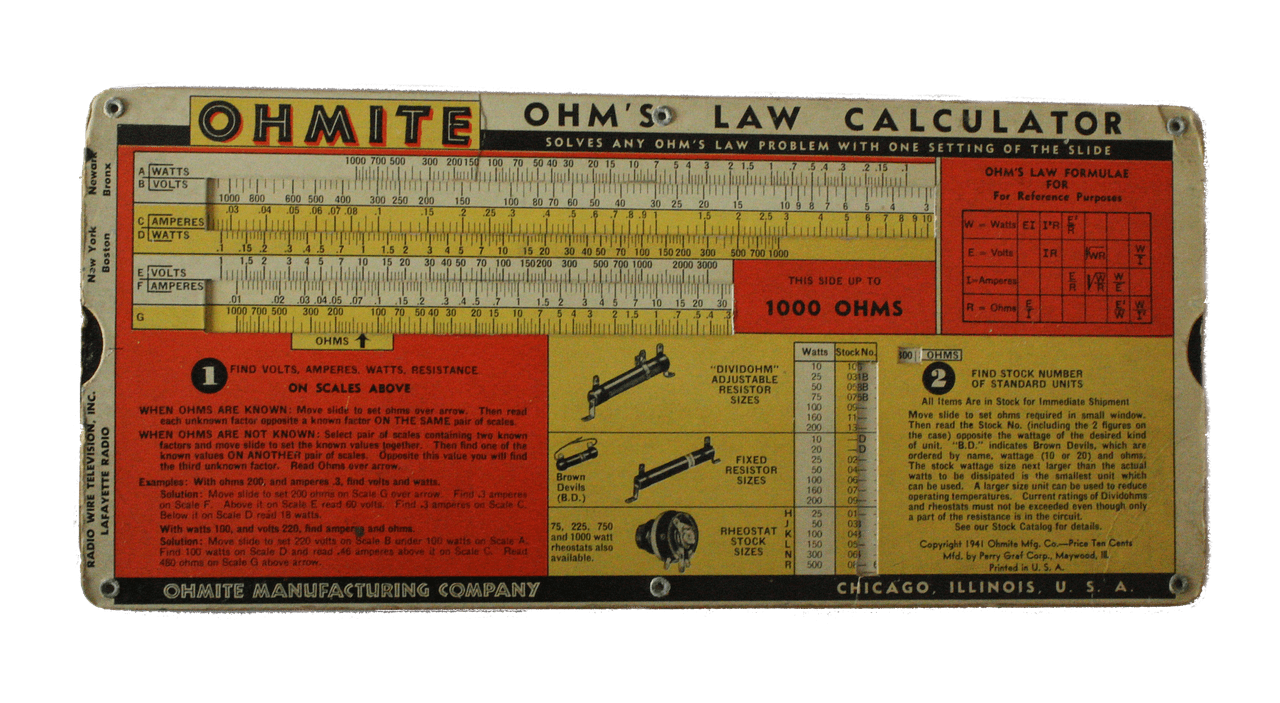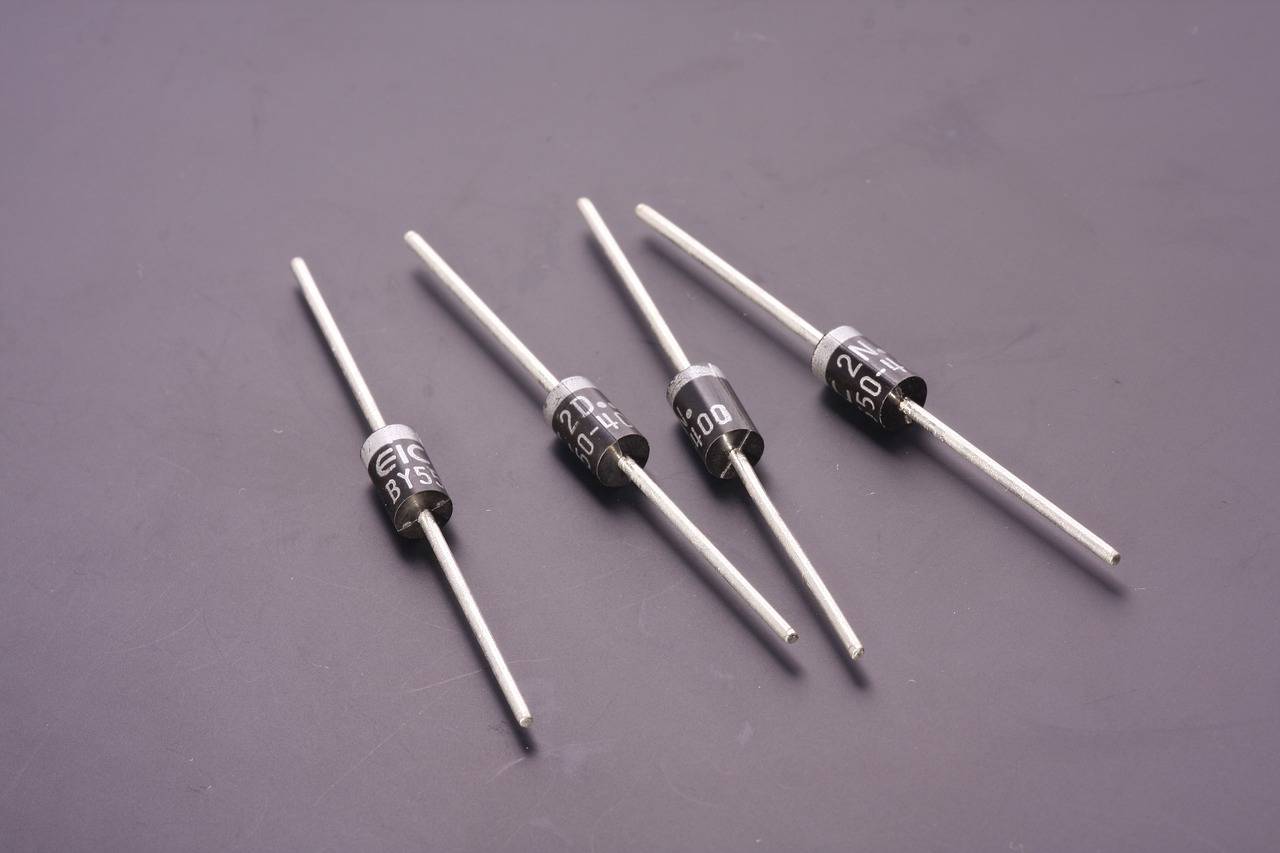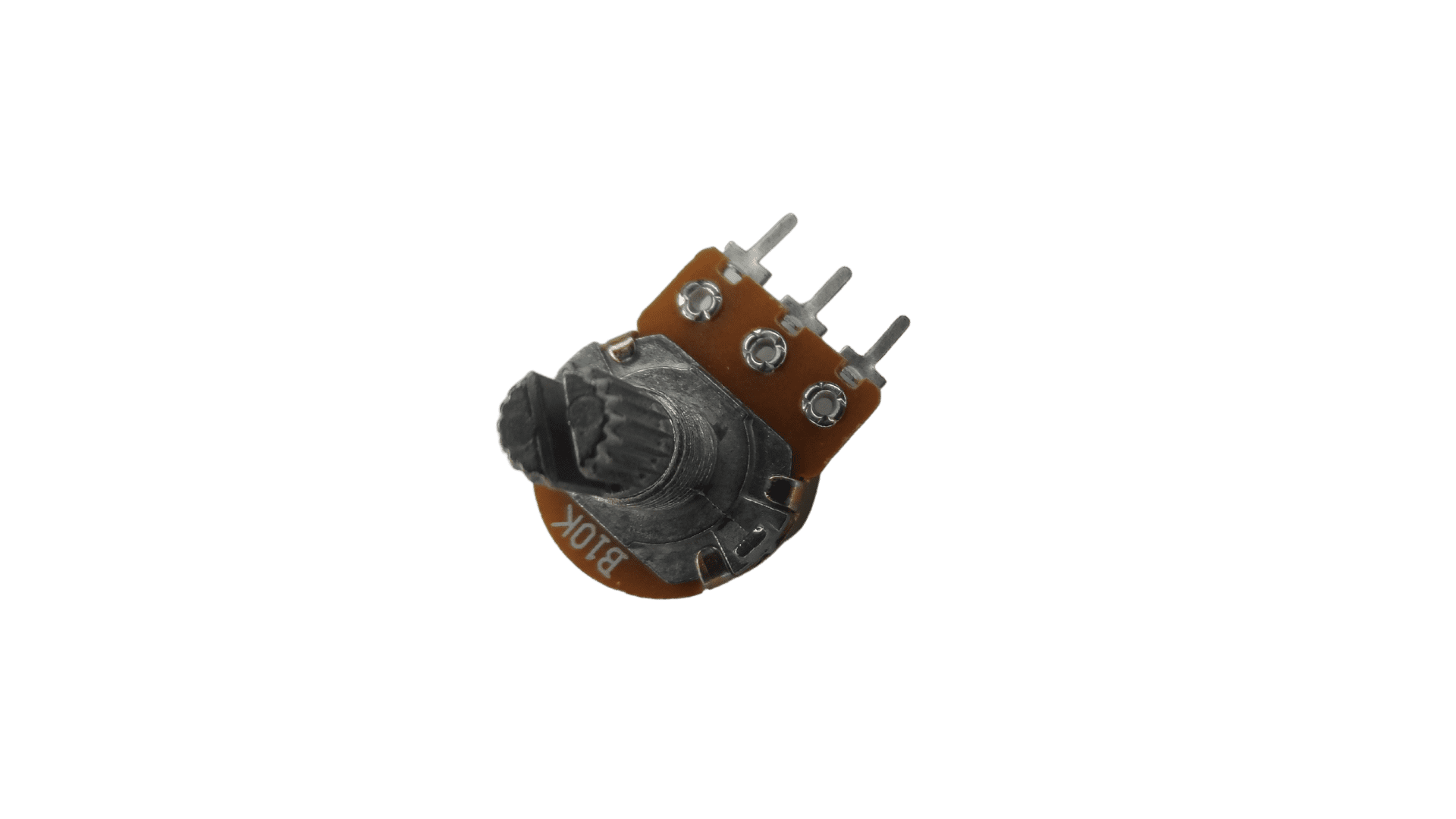Introduction
Advanced concepts related to electronics and Arduino projects are the topic of this blog: the producer of any Advanced Arduino project needs to have a depth knowledge related to some concepts and electronic components: current, conductor, voltage, resistor, Diodes, Capacitors, LCD 16 X 2, Potentiometer, inductors, Voltage regulators, KiCad, and much more.
What is current
A current is a rate and a flow of electronics. A current is not a voltage. We can compare the current to the flow of water through a pipe or plastic water channel.
The current passes through electrical components by an exact amount. If not, the case circuit can cause damage to components.
Advanced concepts related to electronics and Arduino projects
What is a conductor?
An electric conductor is an object that allows the flow of electric charge. This can happen because the object either has a net negative charge or has a net positive charge and is surrounded by objects with a net negative charge.
Some materials are better conductors than others. Copper is one of the best conductors, while rubber is one of the worst.Conductors make the circuits so they are most efficient.

What is the voltage?
Voltage is the measurement of electrical potential energy per unit of charge. It is usually expressed in volts, and it is the amount of energy that will be released or given up by a cell or battery to move one ampere of current across its terminals.
Voltage can be measured using a voltmeter, which produces an electric potential difference between two points on a circuit.
Voltage is responsible for producing the electromagnetic field around wires and other conductors and pushing electrons through those wires and conductors.
What is a resistor?
The resistor is the passive electronic component that resists the flow of electric current. The purpose of the resistor is to protect from voltage spikes, control signal levels, and reduce current flow to help prevent circuit damage.
A resistor is a passive two-terminal electrical element that implements electrical resistance as a circuit element.
In other words, a resistor is an object which impedes the passage of electric current through an electric circuit by converting electrical energy into heat and therefore has units of ohms (Ω).
A resistor limits the magnitude of voltage or current that will flow through an electric circuit by dissipating power in the form of heat.
A resistor typically consists of conductive material with a variable cross-section which reduces the amount of current flowing through it per unit length when certain conditions are met.
The amount of resistance depends on the material’s cross-section and the length, width, and composition of the resistor. Resistors are widely used to limit current flow in electronic devices such as electric circuits, computers, and power supplies.
The most common type of resistor, carbon-composition resistors, have a simple construction: they consist of a wire or strip of metal with a coating of carbon on one side and a very thin layer of insulation on the other.
Because the resistance to current decreases exponentially as the thickness of material increases. These resistors are typically constructed in various geometric shapes whose cross-sectional area is less than that of a sphere.

Resistor symbols
Resistors are the most common passive components in electronics. They are used to limit current, reduce the voltage, and provide power dissipation.
Resistor symbols are usually represented by a zigzag line with two parallel lines on both sides of it. The first line represents the resistor’s resistance, while the second one is just a reference line that helps you identify the resistor’s color code.
The four most common colors in resistor codes are brown, black, green, and orange. Brown stands for 1kΩ (1000Ω), black stands for 10kΩ (10000Ω), green stands for 100kΩ (100000Ω), and orange stands for 1MΩ (1000000).
Ohm’s law
Ohm’s law is a law that is used to calculate the amount of current flow, voltage, and resistance in an electrical circuit. It was named after Georg Ohm, the physicist who discovered it.
It is considered a fundamental law of electricity and can be applied to any electrical circuit without a specific power source or physical layout.
Ohm’s law is used to calculate resistance, voltage,and current intensity:

- R = V / I
- I = V / R
- V = I * R
Diodes
The diode is a semiconductor device that permits current to flow in only one direction. It is made of a P-type semiconductor and an N-type semiconductor.
Electrons can flow from the P region to the N region when the diode is forward biased. When it is reverse biased, no current flows because there are no electrons in the P region to move over, and there are no holes in the N region to move over.

Capacitors

Capacitors are electrical devices that store energy in an electric field. They are used in many electronic devices such as radios, televisions, and computers.
They can also be used to store energy for a short period when it is not being used.Capacitors can be found in many different shapes and sizes. Some capacitors have a flat surface with wires coming out of it, while others have two metal plates with an insulator between them.
The insulator is usually made of plastic or ceramic materials, but sometimes the air is used as the insulator.
Capacitors can be found in many different shapes and sizes because they are built to fit into a specific device or circuit board design.
Polarized capacitor
Polarized capacitors are used only in DC circuits. They are connected with the correct polarity. The polarized capacitor consumes more power, and its voltage does not exceed the maximum limit.
No polarized capacitor
No polarized capacitor is a capacitor that does not have a positive and negative terminal.No polarized capacitors are used in circuits that are designed to work with AC currents, such as power supplies and inverters.
A no-polarized capacitor is usually made of two metal plates with a dielectric material between them.The no-polarized capacitor consumes less power than polarized capacitors.
LCD 16 X 2
The LCD 16 X 2 is a portable LED light panel that can be used to produce a variety of different lighting effects. It features 16 LEDs and adjustable brightness control, meaning that it can be used in a wide range of environments.The LCD 16 X 2 is powered by an included power adapter and comes with an AC cord, which means that it can be plugged into any standard power outlet.
This makes it easy for users to take the light panel anywhere they need to go without worrying about carrying around bulky batteries.This product has many applications in the workplace, including retail stores, photography studios, Arduino projects, and much more.
Multimeters
The multimeters are used to measure: voltage, current, and resistance.A multimeter is an electronic measuring instrument that can measure voltage, current, and resistance.
The multimeter is very helpful for electricians, electrical engineers, technicians, and other professionals in the field of electronics.

Potentiometer
A potentiometer is used to measure and regulate the electric potential difference between two points.A potentiometer is a device that can be used to measure and regulate the electric potential difference between two points.
It uses an adjustable resistor that changes its resistance in response to the slider being moved.A potentiometer can be used for many different purposes, such as adjusting an audio amplifier’s volume or setting the brightness of an LED on a circuit board.

Inductors
The inductors are the components in an alternating current (AC) electric power system that change the AC current to a pulsating direct current (DC) while converting it from low to high voltage or vice versa.It is usually done by using a transformer.An inductor typically consists of a coil of wire with many turns, usually wound around an iron core.An inductor is a passive electrical component that stores energy in the form of a magnetic field.
The inductor is an essential component in many electronic circuits, especially those using alternating current.
Voltage regulators
The voltage regulators are electronic components used to regulate the voltage in a circuit. The voltage regulators help reduce the fluctuations in the input voltage and smoothen out the output.
They also protect the circuit from overvoltages and short circuits.Voltage regulators are devices that help maintain a constant voltage in an electrical system. They are used to protect the power supply from fluctuations in the input voltage.
They also help in stabilizing the output voltage and current.The working principle of voltage regulators is based on negative feedback.
It works by comparing the output to an ideal value and adjusting its output to match it as close as possible. Voltage regulators are also called voltage stabilizers or stabilizer circuits.
KiCad
KiCad is a software application for designing electronic schematic diagrams and printed circuit boards.
KiCad is an open-source, cross-platform EDA software tool that can be used to design schematics and PCBs. It is a feature-based, hierarchical design tool that requires no knowledge of electronics from the user.
Kicad has a graphical user interface that provides a WYSIWYG environment for designing schematics and PCB artwork. It can be extended through the use of 3rd-party libraries, which are available to download from its website.
KiCad
KiCad has a component library with over 200 components that are available in the latest version of KiCad.
-KiCad has an unlimited number of layers which gives users more flexibility when designing circuits.
KiCad can export the design files into Gerber format, which can then be sent to a PCB manufacturer for production.
